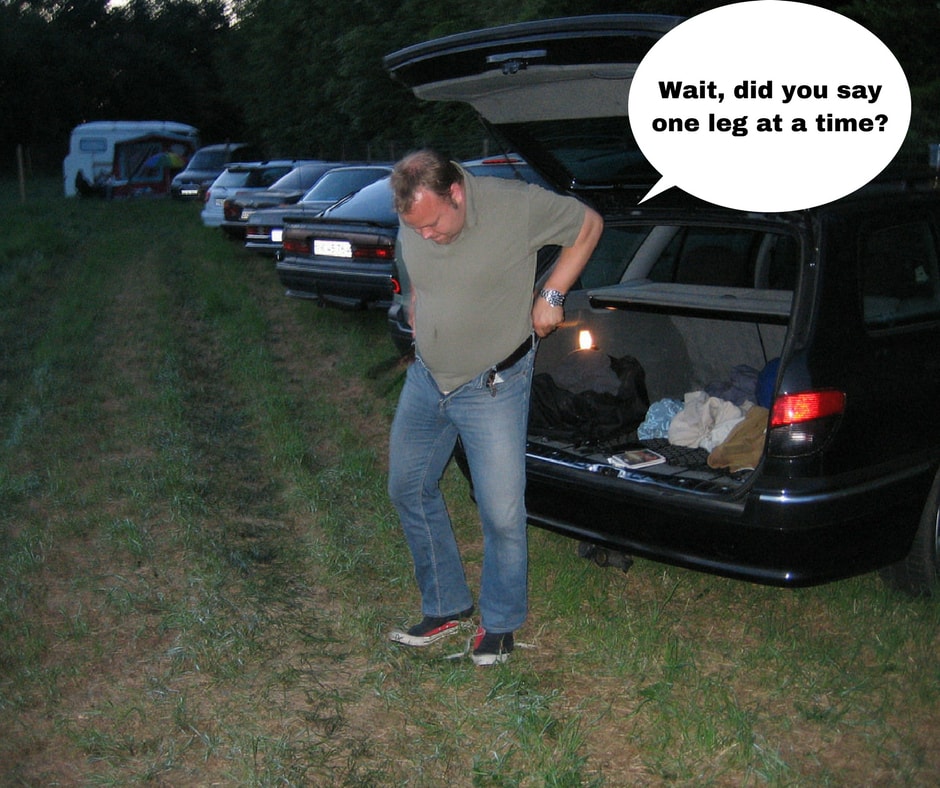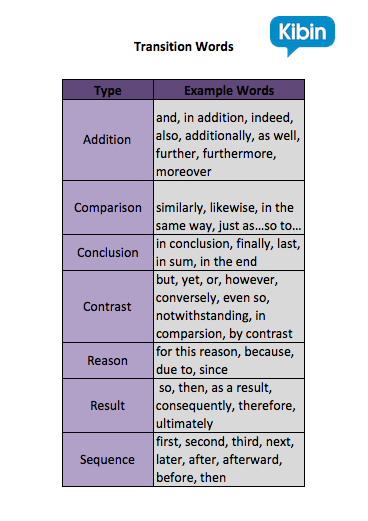On a magical Saturday afternoon in the mid ’90s, my family and I made a trip to the nearest Circuit City to buy our first home computer.
I remember it well. The salesman in his red polo shirt saw my corn-fed parents and thought he might feed them a few lines of malarkey to go with it.
“You could go with one of these bargain PCs, but it will be obsolete before you even get it home.”
“Or… ,” he said with a twinkle in his eye. “You could go with this brand-new desktop that just hit the sales floor.”
It was state of the art, sporting a whopping 1 gigabyte hard drive along with the newly released Windows ‘95, which he assured us would make it a top-of-the-line piece of equipment for years to come.

My parents were sold, and so was the computer. The salesman, obviously feeling quite confident and seeing that we were obviously clueless, sold us one more thing before we left: a yellow and black book aptly titled Windows 95 for Dummies.
Ahh, the ’90s. Where did those who didn’t know how to use the Internet go for information on how to use a computer? Books.
Weird.
It seems like an antiquated approach now, but that how-to manual from ye days of olde isn’t too dissimilar to what many students still have to produce today: a process analysis essay.
Choose How to Approach Your Process Analysis Essay
A process analysis essay describes how something is done. There are two ways to approach this task.
With the first approach, you will describe how to do something with the purpose of teaching your readers how to do it themselves.
With the second approach, you will describe how to do something with the purpose of teaching your readers how something is done, but with the knowledge that they will not be able to do it themselves.
For example, if you’re analyzing the process of making the perfect cup of coffee, the goal should very well be that, after reading your paper, the reader will be able to make the best damn cup of coffee ever.
However, if you’re analyzing the process of sending a satellite into space, then your average readers will most likely be interested in how others do this without having the means to actually do it themselves.

The different approaches may change the tone of your paper since the goals are quite different, but the fundamental structure for both approaches will be the same.
Choose (a Topic) Wisely
A process analysis involves describing a step-by-step process. Keep this in mind when choosing a topic.
Most essay assignments come with guidelines regarding their length. It is important that you take this into consideration when deciding on an appropriate topic.
Choosing a topic that is too complex can be nearly impossible to tackle in an essay with a moderate word limit. In fact, depending on the complexity of the topic, it may be nearly impossible to explain clearly in essay form at all.
On the other hand, if your topic is too narrow, you will find it difficult to write a paper that is long enough. You could write a process analysis essay about how to braid hair, but you may find yourself splitting hairs when it comes to the process in order to flesh out a lengthy enough essay.
Making either mistake will drastically hurt the readability of your essay and, undoubtedly, your grade. Instead, look for a topic that falls somewhere in the middle.
Moreover, you’re going to want to choose a process that you’re familiar with but that the majority of your readers are not. Don’t choose something so simple that everyone already knows how to do it.

I encourage you to brainstorm many topics. Make a list, and then go through each topic and consider how well it would work in essay form.
Once you have a topic you like, you can begin outlining it to see how well it will actually work.
Outlining and Structuring Your Essay
Making an outline is important when writing any essay, but it’s even more important with process analysis essays.
In order to teach someone a process, it is extremely important that all steps are presented in a clear and logical order.
Creating an outline will give you the chance to think about which steps are important and then put the steps in the correct order.
While outlining, you should determine which steps are complicated enough to warrant their own paragraphs and which are related and simple enough to lump together into one paragraph.
If while outlining your topic you find that it’s going to be too long or too short, too complex or too simple, you can return to your brainstorming list and try a new topic. It’s much better to have that realization at this point in the project—before you start writing your essay.
Writing Your Process Analysis Essay
In case you haven’t noticed, many of the posts we write on the Kibin blog are similar to process analysis essays. We’re describing how to write certain types of essays and how to become a better writer in general.
So in a way, I’m writing a process analysis about how to perform the process of writing a process analysis about how to perform a process.
Therefore, there are some things that you can learn about process analysis by reading this blog.
For example, we write these posts in the second person (you) because we’re explaining to you (the reader) how to do something. In most cases, you will want to take this same approach in your process analysis essay (but double check your assignment guidelines first as some instructors may ask you to keep to third person).
Your essay will start with an introduction of the topic you will discuss. This introduction paragraph shouldn’t include any of the steps in the process, though.
Instead, you can use this space to define important terms in the process, list any needed materials, and relay any necessary warnings related to the process, along with any other information that’s pertinent to the process.
After the introduction, you will begin to describe the step-by-step process. Using transition words is important when doing this. Your essay should present the steps in chronological order, and transition words can help to do this clearly.
Because some paragraphs will include numerous steps and others will include just one, each paragraph within the body will vary in length. This is fine. The important thing is that the process is described in a logical order and in a clear way.
Your conclusion will restate the purpose of your process analysis essay and describe the appropriate end result.
Edit and Revise
It’s important to have someone review any essay you write, but it’s imperative with a process analysis essay. When writing about a process you already know well, it can be easy to overlook something.
It’s quite common for a writer to make a seemingly obvious mistake because he or she can’t see the process from an outsider’s point of view. For this reason, it’s important to let an outsider read your paper.
If there’s someone close to you who you trust and who has the time to take a look, give it to them. If not, you can send your paper to one of the professional editors at Kibin. Not only will they point out any glaring weaknesses in your paper, but they will also provide insight into how to improve your writing in the future.
Moreover, they will never make you feel like a dummy.

